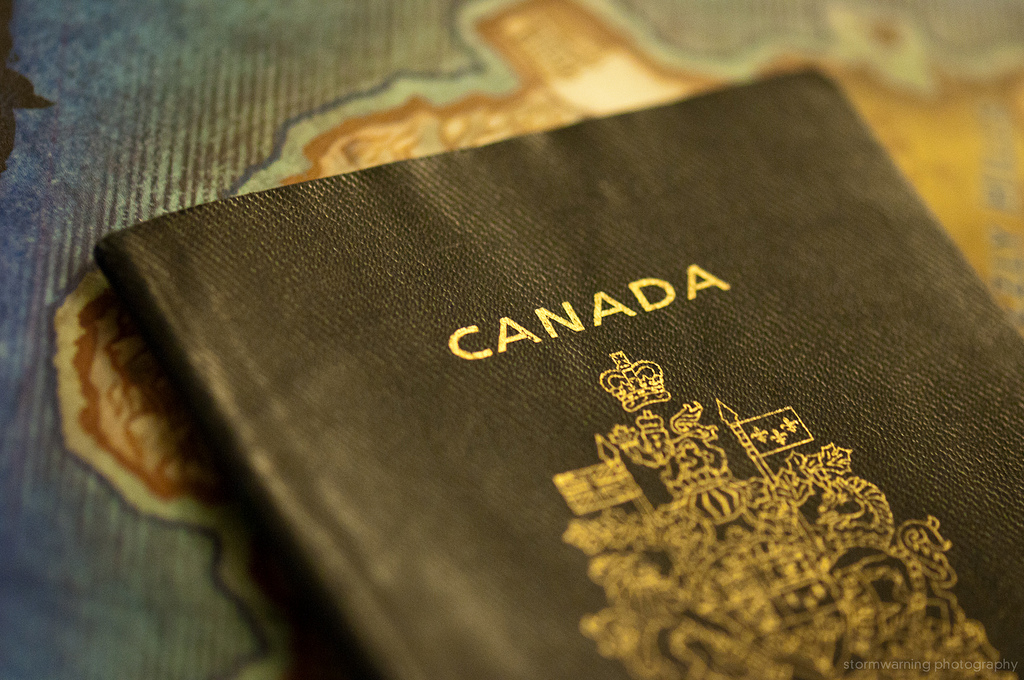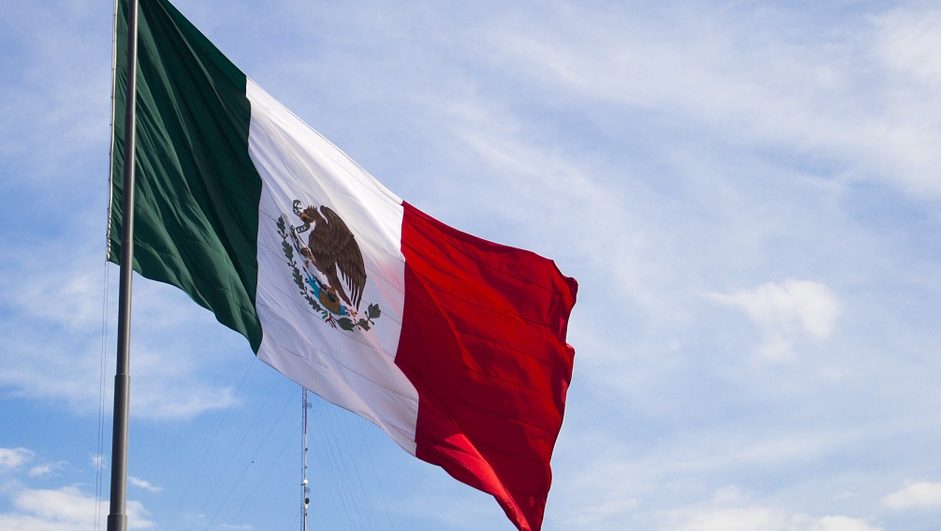Some ‘safe’ countries might not really be ‘safe’
Refugees from 'safe' countries Mexico, Hungary among those hurt most by Bill C-31

caption
Author: Jeff Nelson via https://www.flickr.com/photos/rustyangel/5839428526 Licensed under creative commons.
caption
Mexico is considered a ‘safe’ country by the Canadian government.“Mexico is not a safe country,” said Miguel Esposito, a local Mexican-Canadian expat community leader in Victoria, British Colombia.
“You can’t trust anybody anymore.”
Bill C-31
That’s not a narrative the Canadian government wants us to believe. In 2012, the former Conservative government under Stephen Harper passed the “Protecting Canada’s Immigration System Act,” or Bill C-31. The act amended an earlier law called the “Immigration and Refugee Protection Act,” which was passed in 2002.
One of the results of Bill C-31 is that it separates potential refugees into two camps: those who come from ‘safe’ countries and those who come from everywhere else. Mexico is on the ‘safe’ list.
In effect, the government declared the countries on the ‘safe’ list as being just that, safe. The conclusion, therefore, is that they are unlikely to produce ‘real’ refugee claimants.
Under the bill’s new rules, refugee claimants from ‘safe’ countries have lost numerous avenues of appeal, even when they’re rejected. For example, they can no longer ask for a stay of deportation pending a Federal Court hearing.
Such a case played out a few weeks ago in Montreal when the Canada Border Services Agency ordered a Hungarian teenager of Roma ethnicity and her mother to leave Canada for Hungary after their request to remain in Canada was rejected.
Roma claim that they are often the subject of intense prejudice and persecution in Europe, which includes Hungary, another country on the ‘safe’ list.
In contrast, claimants who aren’t from ‘safe’ countries can have their screenings fast-tracked.
Refugee advocates say that the Canadian government is trying to make it harder for people from ‘safe’ countries to make refugee claims, arguing that many of them are ‘bogus.’ Here is what former Conservative Prime Minister, Stephen Harper, said during the 2015 leader’s debate hosted by the Globe and Mail:
Given, for some of these countries, there may be issues with ‘bogus’ claimants, but Esposito isn’t entirely convinced. He says Mexico can be a scary place.
“You have people who can kidnap you in the middle of the day,” said Esposito. “I fear for my family.”
He says sometimes refugee status is the only way to escape.
Refugee data
Of the top 50 countries with refugee claimants to Canada, seven of them are on the safe countries list. They are South Korea, the United States, Hungary, Mexico, Romania, Spain and Poland. In 2011, they made up about 33 per cent of total refugee claims in the top 50. In 2012 it was 24 per cent. The year after that, that number fell to just 6.4 per cent.
Source: Immigration, Refugees and Citizenship Canada table 10.2 “Refugee claimants by top 50 countries of citizenship, 2004 to 2013”
Source: Immigration, Refugees and Citizenship Canada table 10.2 “Refugee claimants by top 50 countries of citizenship, 2004 to 2013”
Those numbers are for the people who apply for refugee status – some of them don’t have that opportunity. In order for them to do apply, they have to get to Canada first.
“That’s what happens when you tighten restrictions on travel,” said Rudolf Kischer, a prominent immigration and citizenship lawyer in the Vancouver area. “You’re not going to get as many refugees because they have to get here first before they can even go through the process.”
Canada made visas mandatory for Mexican visitors in 2009.
On June 28, Prime Minister, Justin Trudeau, announced Canada’s intention to lift the visa requirement for Mexican visitors to Canada, beginning the December 1, 2016. That could mean more Mexican refugees.
Still, the government’s data supports Kischer’s claim about refugees not even getting to Canada: in 2012, there was a total of 16,231 refugee claims from the 50 countries with the highest refugee claimant counts. In 2013 that number dropped to 8,808. That’s a decline of nearly half.
Data looking at refugee claim recognition rates taken from the Immigration and Refugee Board is also disparaging, particularly for Mexican and Hungarian claimants. There’s a marked difference between the recognition rates of refugees under the legacy system (claims made before Bill C-31) and those under the new system (claims made after Bill C-31).
For example, under the legacy system, Hungarians made up seven per cent of all positive claims. Under the new system, that share of claims has fallen to 3.6 per cent.
Source Canadian Council for Refugees table 1.2 “Outcomes by Country” and 2.2 “Outcomes by Country”
For Mexico, it fell from 1.4 per cent to just .37 per cent. While those numbers may look like a tiny drop, they represent dozens, if not hundreds, of claims.
A Hopeful Future
The future for Hungarian and Mexican claimants, however, does have bright spots. Kischer said there’s been a shift in philosophy with the switch in government. He says Prime Minister Justin Trudeau’s government is much more accepting to immigrants and refugees than Stephen Harper government ever was.
“The Harper government really took an anti-refugee stance,” said Kischer. “They were concerned about ‘bogus’ claims that would clog up the system.
It’s so much better now.”
About the author
Guillaume Lapointe-Gagner
Guillaume Lapointe-Gagner is a freelance journalist based out of Halifax. He currently attends the University of King's College master of journalism...
